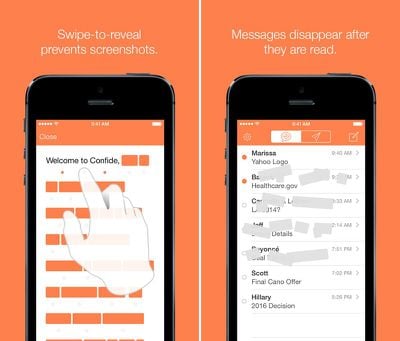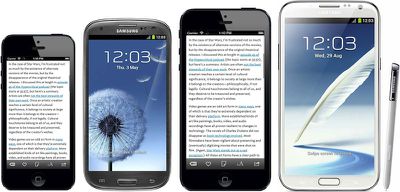Apple's iBeacons have a lot of potential for inclusion in location-based games, according to The Tap Lab CEO Dave Bisceglia, who spoke to Re/code in an interview. Currently, iOS game developers who want to incorporate location into gameplay are limited to determining location via Apple's internal GPS system, which is not designed to deliver precise information, especially indoors.
iBeacons, on the other hand, are physical Bluetooth low-energy transmitters that are able to provide micro-location information to nearby apps, with an accuracy range of a few feet. For this reason, iBeacons could be incorporated into a whole new category of games that offer multiplayer interactions and other features at specific real-world locations.
Bisceglia's company, for example, is behind a location-based game called Tiny Tycoons. In the game, the idea is to travel around the world and claim real-world locations, kind of like a cross between a city building game and Foursquare.
Rule the REAL WORLD! Tiny Tycoons is the first location-based tycoon game on the App Store. Build your fortune, travel the globe and claim your favorite real-world places before someone else does!
RISE TO THE TOP: In Tiny Tycoons, you can be a Celebrity Chef at a 5-Star Restaurant, the Lead Barista at your favorite Café, or a Millionaire CEO with offices around the world. The choice is up to you!
The company is currently testing an internal version of Tiny Tycoons that takes advantage of Apple's iBeacons, which are used within the game to alert people when they enter a building "owned" by another player. For example, in the video below, Bisceglia enters a Starbucks and gets an iBeacon-based alert from Tiny Tycoons providing the name of the player who owns the location and a prompt to purchase it.
Bluetooth LE, which iBeacon is based on, is also a promising technology for upcoming games.
Pkpkt, a game released in mid-December, utilizes Bluetooth LE to let users steal virtual currency from one another in real life, in a futuristic game of tag.
Knock, an app
released in November, also uses Bluetooth LE in a unique way, allowing the iPhone to unlock a Mac. While iBeacon technology is promising for location-based gaming, Bluetooth LE itself could result in a whole new crop of interactive, multiplayer games and apps.
Nintendo's handheld 3DS gaming device uses a wireless-based system that is somewhat similar to iBeacons to allow two devices to communicate with one another. It also utilizes hotspots around the world to deliver game information, and iBeacons could work similarly, albeit more simply as they would not require a user to connect to Wi-Fi.
First introduced during the 2013 Worldwide Developers Conference, iBeacons allow iPhones and iPads to wirelessly communicate with physical beacons via Bluetooth LE, with the beacons able to deliver specific information to apps when a user is nearby.
iBeacon technology gained some popularity towards the end of 2013 and has been utilized in multiple unique ways. For example, Shopkick and Macy's teamed up to deliver location-based notices when customers passed by products, and Apple has implemented iBeacons in its retail stores to provide product information to browsing customers. A cafe has used iBeacons to deliver free publications, MLB plans to integrate them into stadiums, and most recently, an iBeacon scavenger hunt was held at CES.
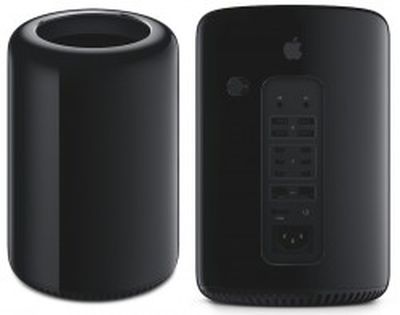 Deliveries of Apple's redesigned Mac Pro have begun in Europe, marking the first time in nearly a year that customers there have been able to obtain the company's professional workstation, notes MacGeneration [Google Translate] (via 9to5Mac).
Deliveries of Apple's redesigned Mac Pro have begun in Europe, marking the first time in nearly a year that customers there have been able to obtain the company's professional workstation, notes MacGeneration [Google Translate] (via 9to5Mac). 

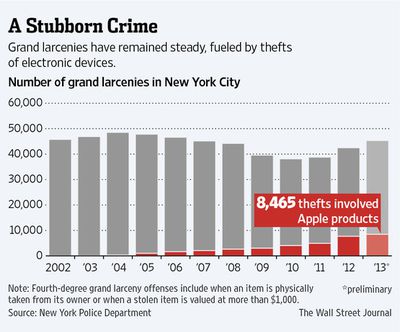
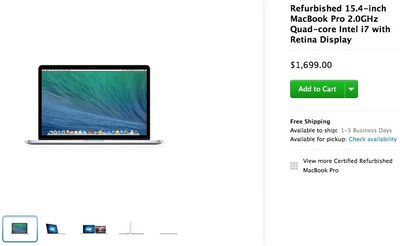
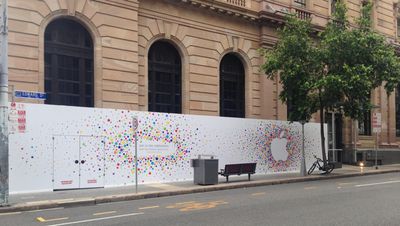

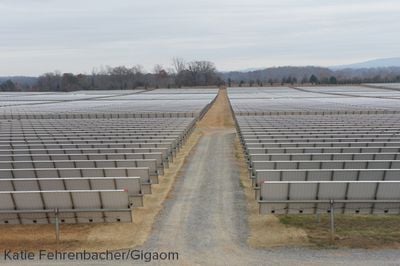
 The U.S. Court of Appeals for the Federal Circuit today issued a
The U.S. Court of Appeals for the Federal Circuit today issued a 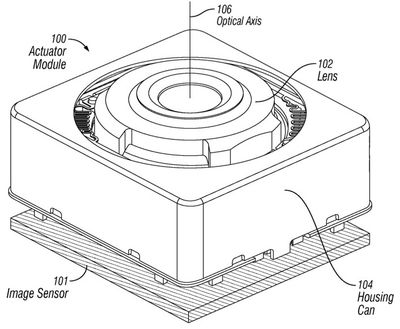



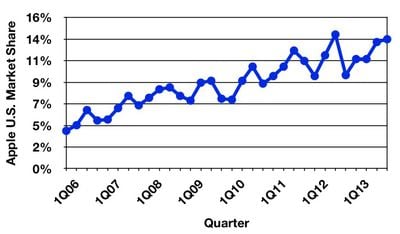
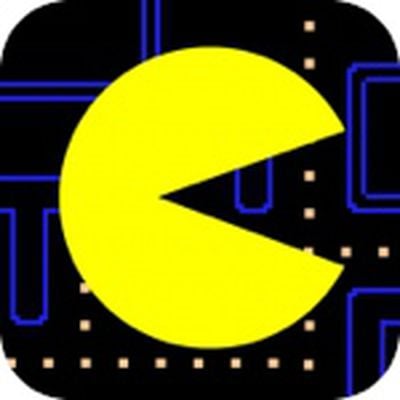 Namco Bandai’s classic PAC-MAN app has been named Apple's App of the Week, and as a result, it is available for free for the first time since its initial 2011 release.
Namco Bandai’s classic PAC-MAN app has been named Apple's App of the Week, and as a result, it is available for free for the first time since its initial 2011 release.
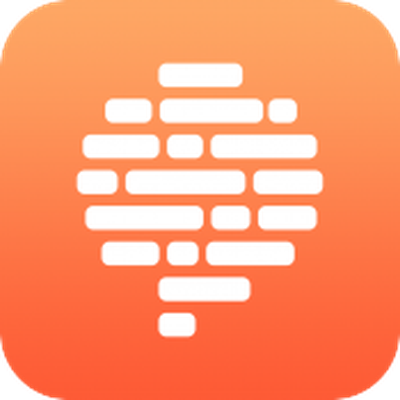 With the image-based Snapchat reaching huge levels of popularity with its ephemeral image and video messaging,
With the image-based Snapchat reaching huge levels of popularity with its ephemeral image and video messaging, 